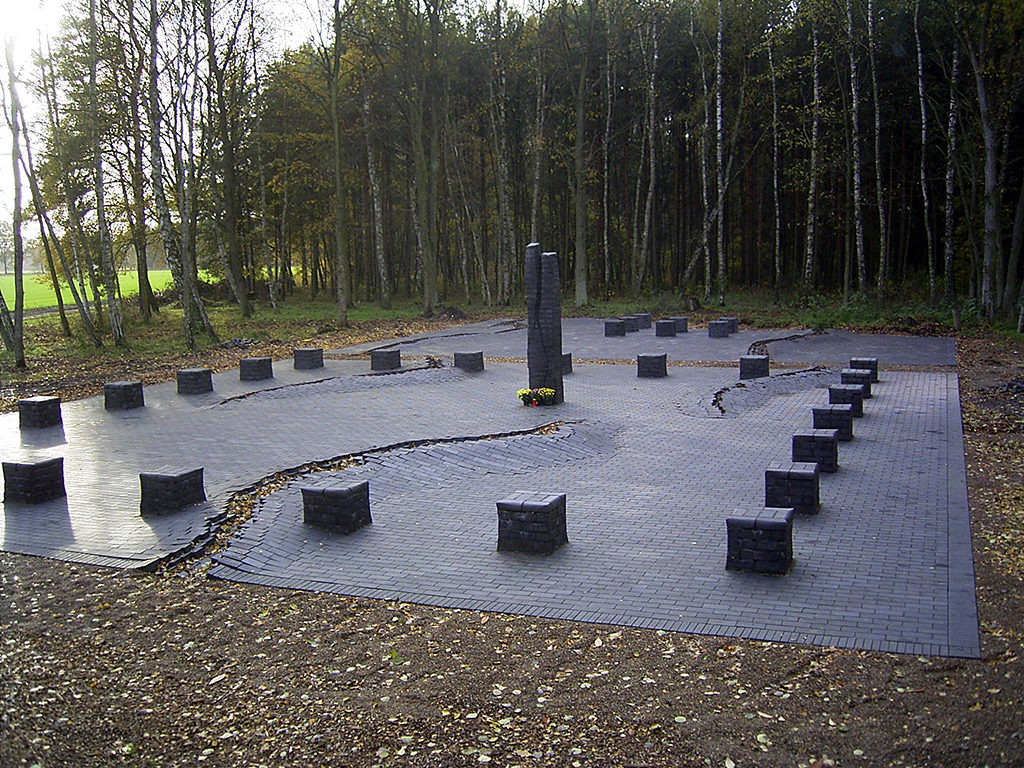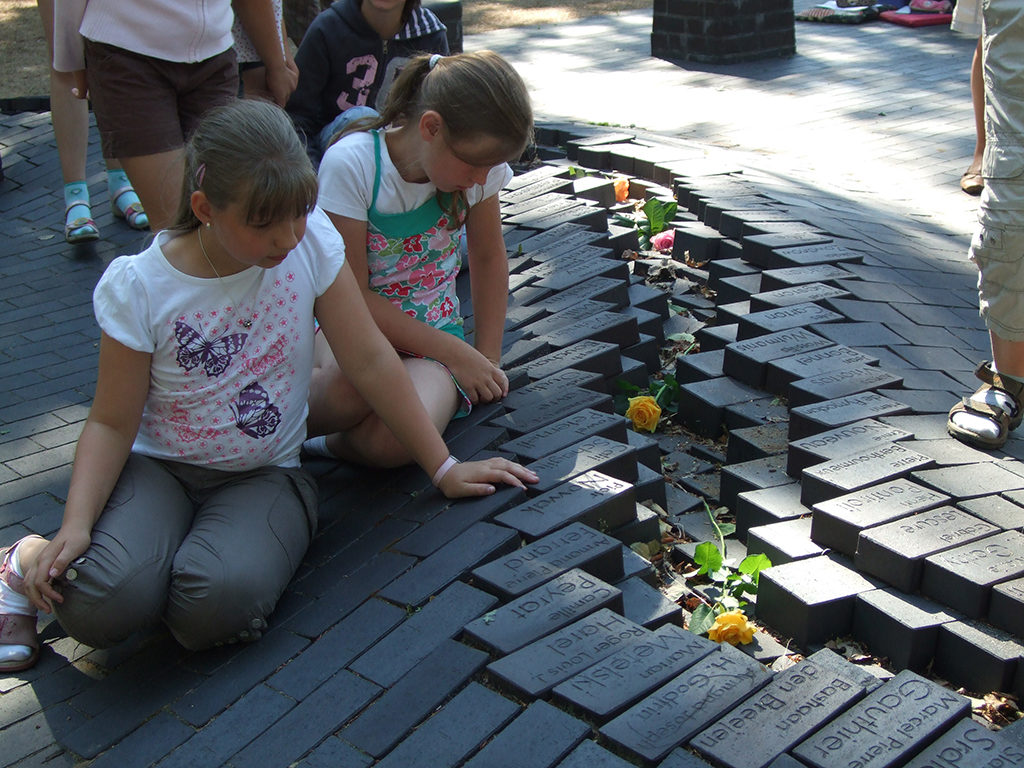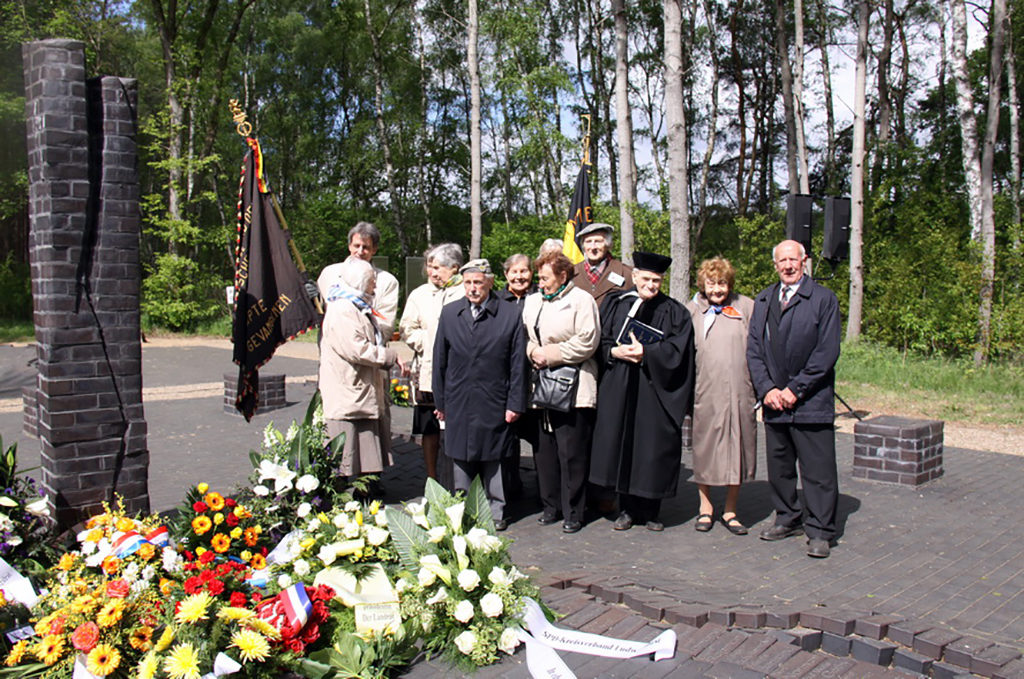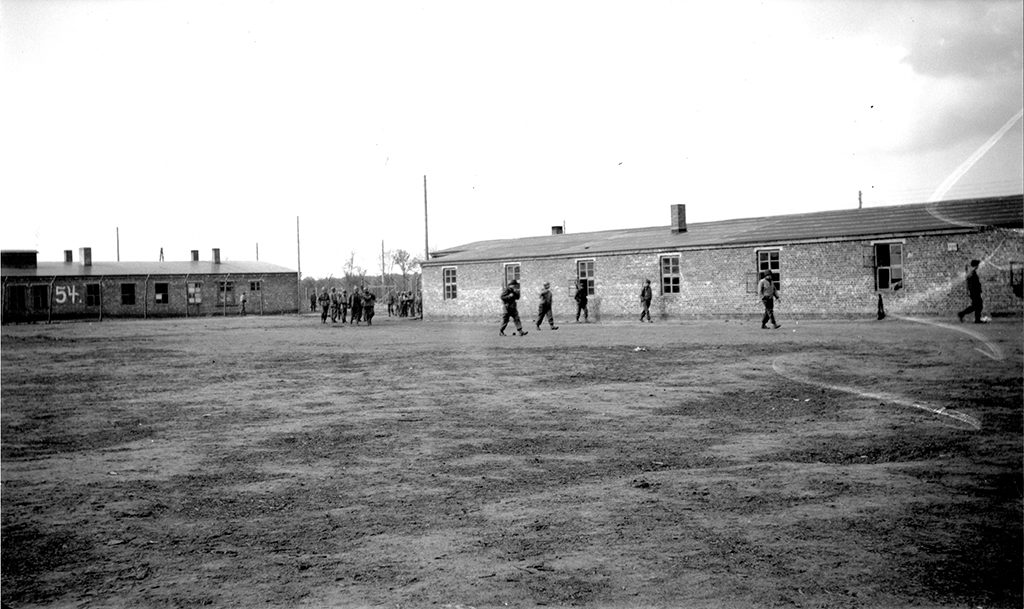- Monument/Memorial
- Ludwigsluster Str. 1, 19288 Wöbbelin, Allemagne
- http://www.gedenkstaetten-woebbelin.de/cms/
- +4938753 80792 info@gedenkstaetten-woebbelin.de
The Wöbbelin memorial sites recall the history of the concentration camp near Wöbbelin, 190 km northwest of Berlin. The satellite camp of Neuengamme concentration camp was located directly on the road between Wöbbelin and Ludwigslust and existed for just ten weeks, from 12 February to 2 May 1945.
The exhibition ‘Ten Weeks at Wöbbelin Satellite Camp’ documents the history of the satellite camp of Neuengamme concentration camp. The camp, originally intended to house American and British prisoners of war, was constructed under extremely harsh conditions by prisoners from Neuengamme and Bergen-Belsen concentration camps.
As the Allies advanced ever closer, the still-incomplete camp was used between 15 and 26 April 1945 as a reception camp for various evacuation transports, mainly from the satellite camps of Neuengamme concentration camp. Prisoners encountered catastrophic conditions at the Wöbbelin camp. SS-Obersturmbannführer Paul Werner Hoppe, previously commandant of Stutthof concentration camp, assumed command on 20 April 1945.
Nearly 5,000 inmates from at least 25 nations were interned at Wöbbelin, more than 1,000 of whom died of exhaustion, maltreatment and starvation.
On 2 May, units of the 82nd U.S. Airborne Division and 8th Infantry reached the region and the Soviet Army stood before Grabow. The guards left the camp around noon on 2 May 1945. In the early afternoon of that same day, American soldiers discovered Wöbbelin, which was not marked on any map. They would never forget what they saw there. On the orders of the American military authorities, the victims of Wöbbelin concentration camp were buried on 7 and 8 May in individual graves in Ludwigslust, Hagenow, Wöbbelin and Schwerin.
Since 1960 a memorial to the victims of the April 1945 death marches created by Rostock sculptor Jo Jastram in Wöbbelin’s cemetery of honour has recalled the sufferings of the inmates. The historic site has been marked since 2005 by a place of commemoration on the grounds of the former camp with stones bearing the names of the victims of the concentration camp. A circular path lined by information panels takes the visitor through the grounds of the former camp.





